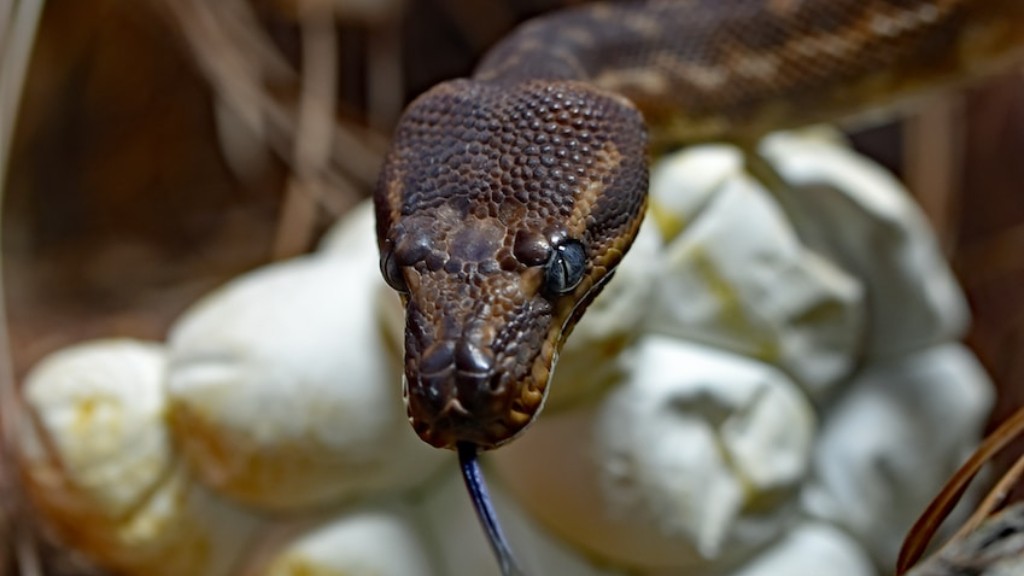Python Snake Eats Sheep
Introduction:
The phenomenon of pythons preying on sheep has sparked interest and concern among scientists, researchers, and the general public. In this article, we will explore the interactions between pythons and sheep and delve into the underlying factors that contribute to such behavior.
The Predator: Python Snake
Pythons, scientifically known as family Pythonidae, are non-venomous constrictor snakes that belong to the Pythonidae family. These remarkable creatures possess powerful muscles and are capable of swallowing large prey whole due to their elastic jaws. Primarily native to tropical and subtropical regions, pythons thrive in a variety of habitats, including forests, grasslands, and swamps.
The Prey: Sheep
Sheep, commonly known as Ovis aries, are domesticated herbivorous mammals that are reared for their wool, meat, and milk. Countless flocks of sheep graze in open pastures, providing sustenance for various predators. Their relatively docile nature and large size make them vulnerable to attacks from opportunistic predators, such as pythons.
Interactions between Pythons and Sheep
When pythons encounter sheep, a predator-prey dynamic unfolds. Pythons rely on their excellent camouflage and stealth to ambush unsuspecting prey. Once in close proximity, these powerful snakes initiate their constricting behavior, subduing the sheep before swallowing it whole.
While it may seem alarming, these interactions form a part of the natural order. Predators like pythons contribute to the regulation of prey populations, minimizing imbalances that can arise in ecosystems. However, when these interactions occur in domesticated settings, the conservation of livestock becomes a significant concern.
Factors Contributing to Python Attacks on Sheep
1. Habitat Encroachment: As human settlements expand, natural habitats where pythons reside are at risk of encroachment. This often leads to increased encounters between pythons and livestock, including sheep, that graze near human-populated areas.
2. Prey Availability: Excessive grazing by sheep can deplete local vegetation, forcing predators like pythons to venture into areas where they are more likely to encounter prey. Reduced availability of natural prey can drive pythons to target domesticated animals for sustenance.
3. Lack of Predator Deterrence: In certain regions, the absence of appropriate predator management strategies can exacerbate conflicts between pythons and livestock. The lack of deterrent measures, such as protective fencing or guard animals, leaves sheep vulnerable to predation.
Implications and Mitigation Strategies
The predation of sheep by pythons elicits both immediate and long-term consequences. Immediately, it results in economic losses for farmers, impacting their livelihoods. Moreover, sustained predation can lead to a decline in sheep populations, disrupting local economies and traditional farming practices.
Implementing effective mitigation strategies is crucial in mitigating the adverse effects of python attacks on sheep. Some potential approaches include:
- Improving Husbandry: Enhancing husbandry practices, such as secure enclosures during vulnerable periods, can help protect sheep from python predation.
- Predator Deterrence: Implementing methods to deter pythons, such as installing motion-sensor lights, predator alarms, or employing guard animals, can help reduce the likelihood of python attacks on sheep.
- Conservation Education: Raising awareness about the ecological role of pythons and the importance of sustainable livestock management can foster empathy and understanding, leading to more harmonious interactions between humans, pythons, and livestock.
- Research and Monitoring: Ongoing research and monitoring efforts can provide crucial data on python predation patterns and inform targeted conservation strategies.
Conclusion
The phenomenon of python snakes preying on sheep illustrates the complex dynamics between predators and prey. Understanding the factors driving these interactions is essential in developing effective conservation strategies that aim to protect both livestock and the natural habitats of pythons. By striking a delicate balance between human activities, livestock management, and wildlife conservation, we can foster coexistence and mitigate the impact of python attacks on sheep populations.



